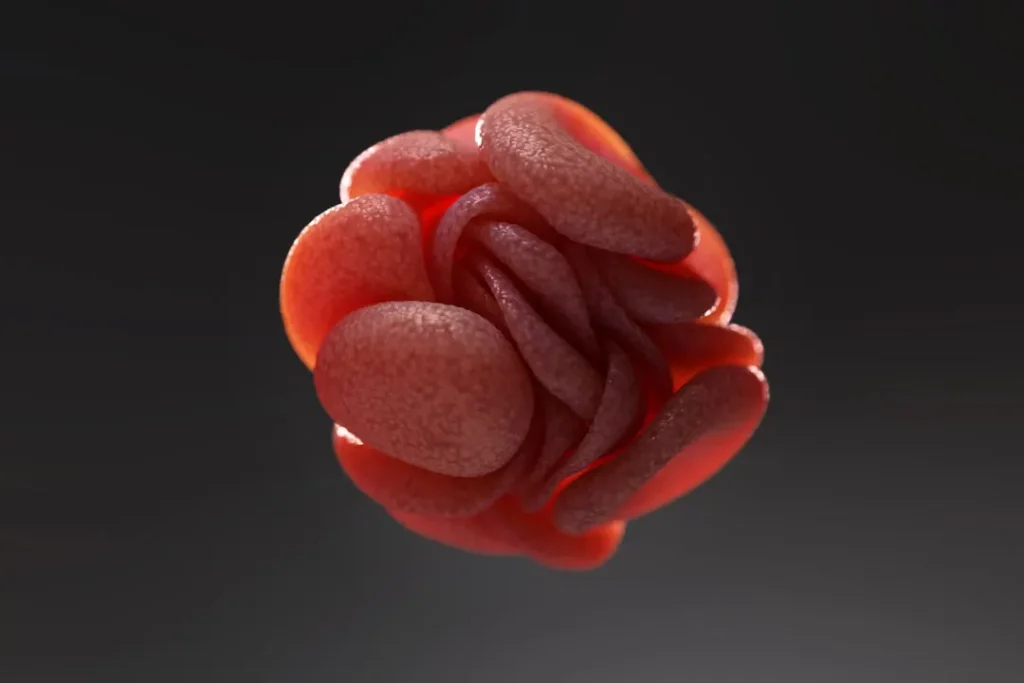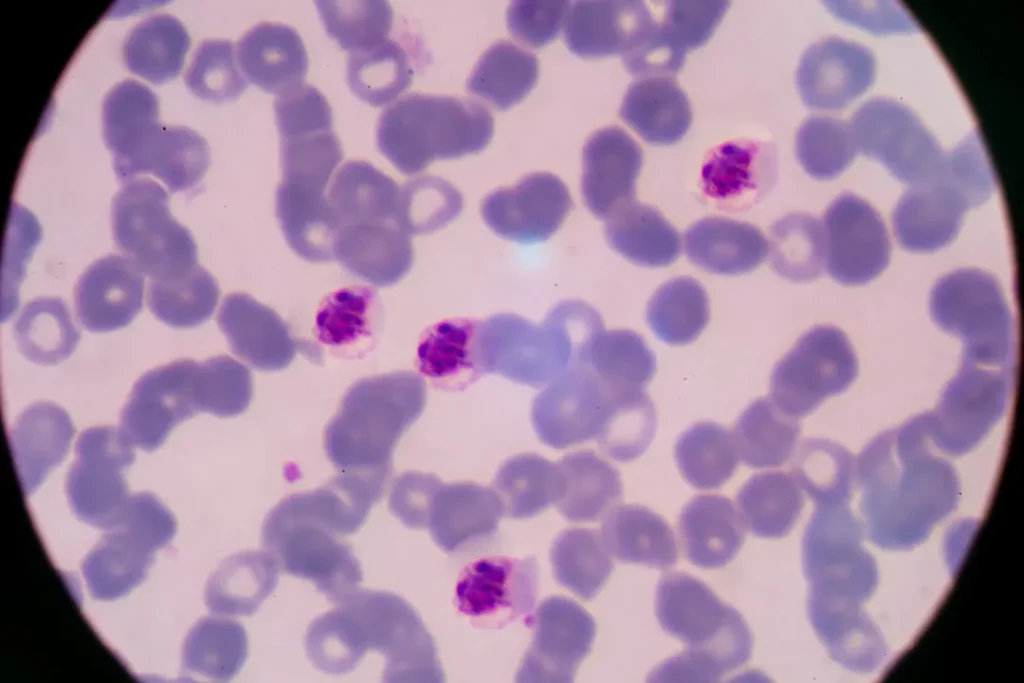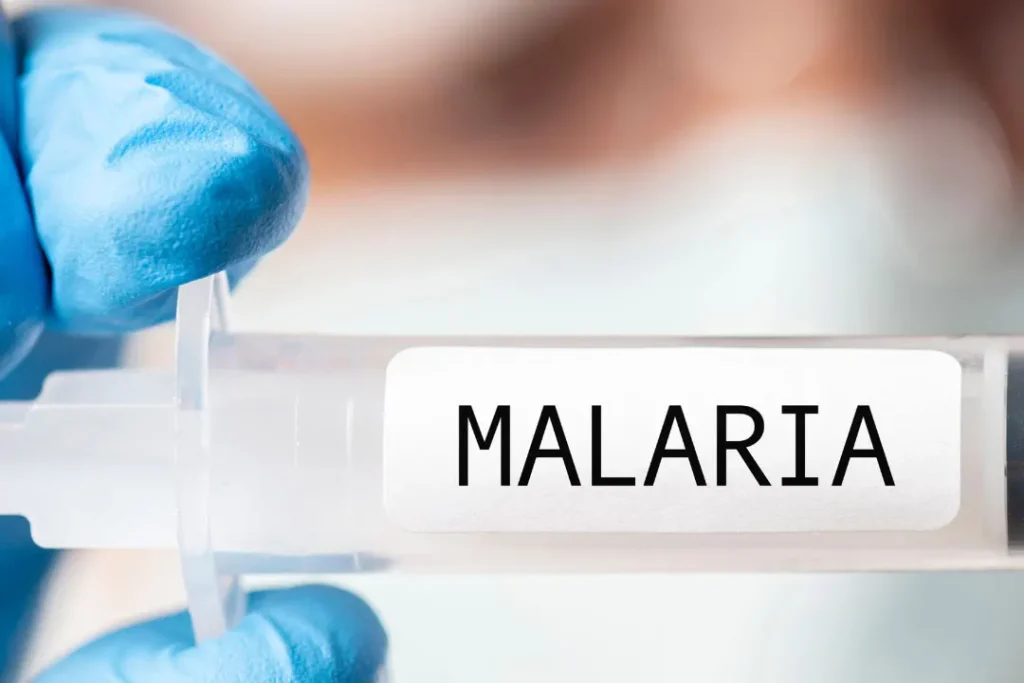Fever Bark, also known as Cinchona, is an essential element in medicine. Specifically, Fever Bark has a long history of use as a potent anti-fever remedy. Due to its active component, quinine, its discovery in the 17th century represented a key turning point in the treatment of malaria, a disease that continues to plague the world today. The nature of Fever Bark, the health advantages it offers, the best dosage to take, any potential side effects, any drug interactions, and a thorough analysis of the physiological and molecular processes that underlie its effects are all covered in this article.
You May Also Like:
The Best Mushroom Supplements for Memory: 5 Top Brands Reviewed
Nootopia Brand vs MyPEAK Brand: Best Nootropic Supplements Compared
Fever Bark: Benefits, Dosage, Side Effects, Drug Interactions, and Other Important Information is an original (NootropicsPlanet) article.
Nature of Fever Bark
Cinchona trees, which are endemic to South America and are mostly found in the Andean Cinchona trees, which are endemic to South America. mostly found in the Andean woods, are the source of Fever Bark. Alkaloids, a class of naturally occurring chemical compounds with a predominant focus on basic nitrogen atoms are principally responsible for the therapeutic effects of Fever Bark. The two prominent alkaloids in Fever Bark, quinine and quinidine, are present in the tree’s bark and have great pharmacological value.
A complex, bicyclic aromatic quinoline and a quinuclidine component make up the chemical structure of quinine, C20H24N2O2. With regard to its biological action against the Plasmodium parasites that cause malaria, it has stereochemical features, which include the spatial arrangement of atoms and their relative positions.
Health Benefits of Fever Bark
Fever Bark provides a number of health advantages. Due of quinine’s antimalarial characteristics, the treatment of malaria is its most well-known advantage. By impeding their capacity to consume and utilize erythrocyte hemoglobin, quinine prevents Plasmodium parasites in red blood cells from growing and reproducing normally.
Fever Bark is employed for its antiarrhythmic qualities in addition to its antimalarial ones, which are brought on by the alkaloid quinidine. Quinidine stabilizes the cardiac cell membrane and returns regular heart rhythms by blocking sodium channels and extending the action potential.
Despite the fact that this area of study is still in its infancy, recent studies have also revealed that quinine may have anti-cancer capabilities as well.

Chemistry of Fever Bark
Quinine and quinidine, two of the main alkaloids in Fever Bark, play a significant role in its chemistry. The molecular formula of quinine, C20H24N2O2, exhibits a complicated structure with a bicyclic quinoline and a quinuclidine. The spatial arrangement of its atoms, or stereochemistry, has a substantial impact on the biological activity of this compound.
Quinine fluoresces under ultraviolet light, and analytical chemistry has used this physical characteristic to identify and measure it. It can cross cell membranes and display its antimalarial activity due to its weak basicity (pKa of 8.5) and the fact that it occurs mostly in its protonated form at physiological pH.
A stereoisomer of quinine is quinidine, another important alkaloid. It is largely known for its function as a heart-related antiarrhythmic drug.
Physiological Mechanisms of Action
The physiological effects of Fever Bark, in particular those brought on by quinine and quinidine, are extremely extensive and exert their effects via a number of different mechanisms.
Quinine targets the Plasmodium parasite’s ability to consume hemoglobin to produce its antimalarial effects. Hemoglobin is broken down throughout the parasite’s intracellular lifetime, and the poisonous byproduct heme is changed into a non-toxic byproduct called hemozoin. Quinine prevents heme from polymerizing into hemozoin, which results in a buildup of poisonous heme for the parasite.
Quinidine, on the other hand, has antiarrhythmic properties that affect the cardiovascular system. It is a class Ia antiarrhythmic drug, which implies that it mainly affects the heart’s sodium channels. Conduction velocity in the atria, ventricles, and His-Purkinje system are slowed as a result of this action, which decreases the fast influx of sodium ions during the action potential’s depolarization phase. Additionally, quinidine contains class III antiarrhythmic properties that stabilize the cardiac membrane, lengthen the action potential duration and refractory time, and restore normal heart rhythm.


Optimal Dosage
The best dosage of Fever Bark depends on the patient’s age and health status. The typical therapeutic quinine dosage for treating adult malaria is between 500 and 1000 mg every eight hours for a week.
Side Effects
Fever Bark has several possible negative effects despite its advantages. The symptoms of cinchonism, a quinine-toxic disease, include headache, nausea, impaired vision, and tinnitus. Hypersensitivity responses, hemolytic anemia, and QT prolongation are other severe side effects that might cause you life-threatening cardiac issues, even though they are uncommon.


Potential Substance Interactions
The primary ingredient in Fever Bark, quinine, can interact with a variety of drugs. Anticoagulants like warfarin are known to interact with it, amplifying its anticoagulant effects and possibly causing bleeding. Quinine can also raise plasma levels of digoxin, which can be harmful for individuals receiving digoxin medication at the same time.
Quinine may intensify the effects of muscle relaxants and its absorption may be affected by antacids that include aluminum or magnesium. Due of quinine’s tendency to reduce the seizure threshold, it’s particularly critical for you to be aware of possible interactions with antiepileptic medications
Best Responsible Use
The valuable therapeutic properties of Fever Bark still make it an important component of contemporary pharmacology. Its main ingredients, quinine and quinidine, have significant therapeutic advantages, such as effects on malaria and arrhythmia. For the safe and efficient use of this natural supplement, it is essential to comprehend its potential side effects, medication interactions, and methods of action. Future studies into its potential anti-cancer abilities and other uses might increase the medicinal value of this compound.


Fever Bark:
Conclusion
Fever Bark is powerful in both its ability to act as corrective measure for health issues and in its ability to cause real damage if taken irresponsibly. Fever Bark’s long history of medicinal potency is spreading to other parts of the world outside of its South American origins. While there is a respectable body of research that currently exists, more research is being conducted, which is quite necessary due to the potential impact widespread use of Fever Bark could have for cardiac health, blood disorders, and other serious health issues that affect millions.
Fever Bark is also significant as it is a leading treatment in malaria, a persistent and devastating disease, that only just recently has there been a vaccine developed and disseminated in highly affected areas. Perform research and inform yourself of how Fever Bark may be a solid choice to exercise regarding your unique health situation.
References:
- “Quinine, an old anti-malarial drug in a modern world: Role in the treatment of malaria.” Retrieved From: https://www.ncbi.nlm.nih.gov/pmc/articles/PMC3121651/
- “Quinidine.” Retrieved From: https://medlineplus.gov/druginfo/meds/a682396.html
- “Pinckneya pubens.” Retrieved From: https://plants.ces.ncsu.edu/plants/pinckneya-pubens/
Important Note: The information contained in this article is for general informational purposes only, and should not be construed as health or medical advice, nor is it intended to diagnose, prevent, treat, or cure any disease or health condition. Before embarking on any diet, fitness regimen, or program of nutritional supplementation, it is advisable to consult your healthcare professional in order to determine its safety and probable efficacy in terms of your individual state of health.
Regarding Nutritional Supplements Or Other Non-Prescription Health Products: If any nutritional supplements or other non-prescription health products are mentioned in the foregoing article, any claims or statements made about them have not been evaluated by the U.S. Food and Drug Administration, and such nutritional supplements or other health products are not intended to diagnose, treat, cure, or prevent any disease.
